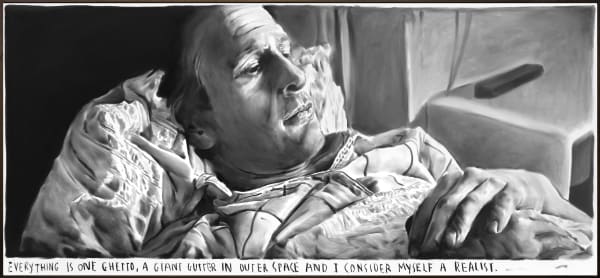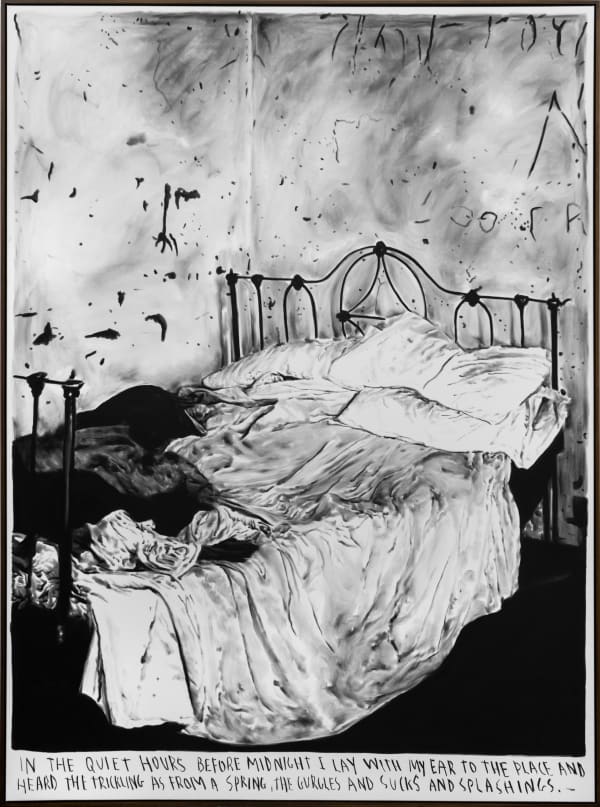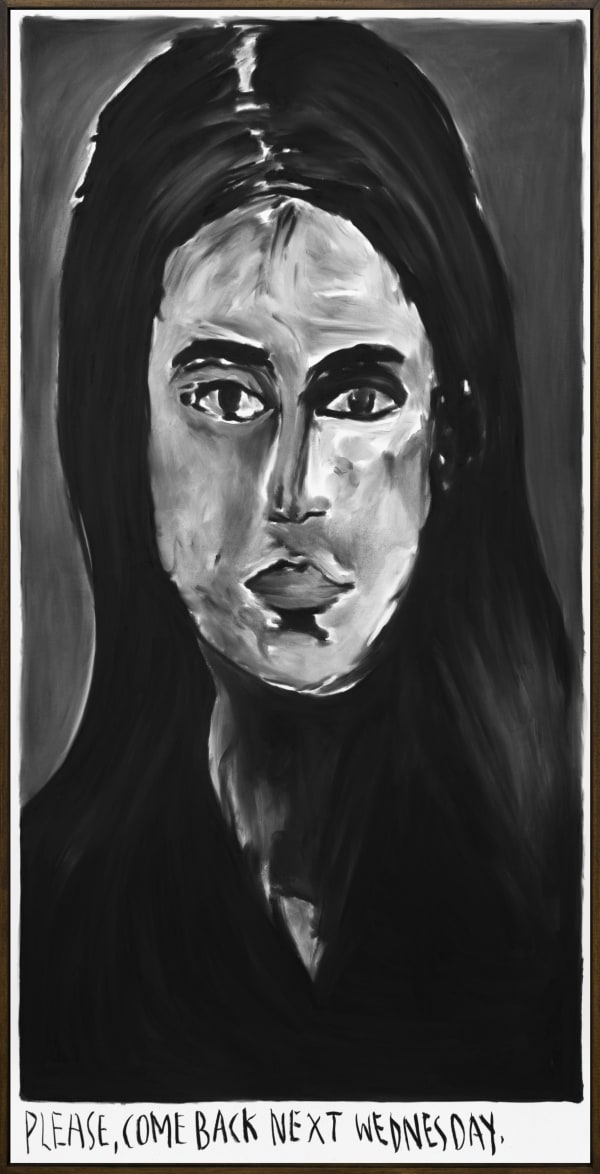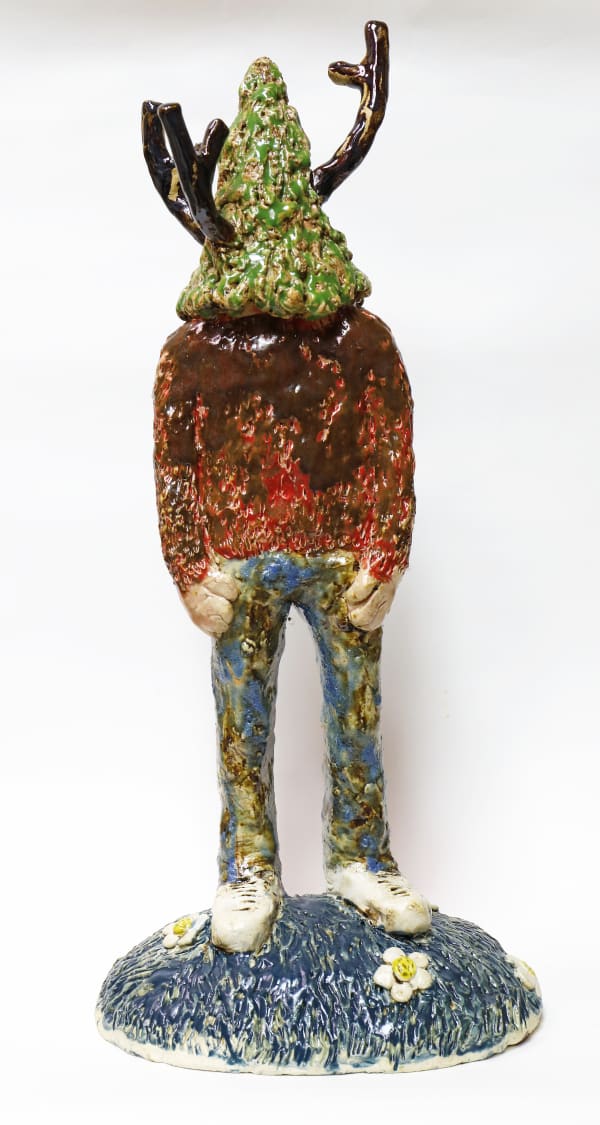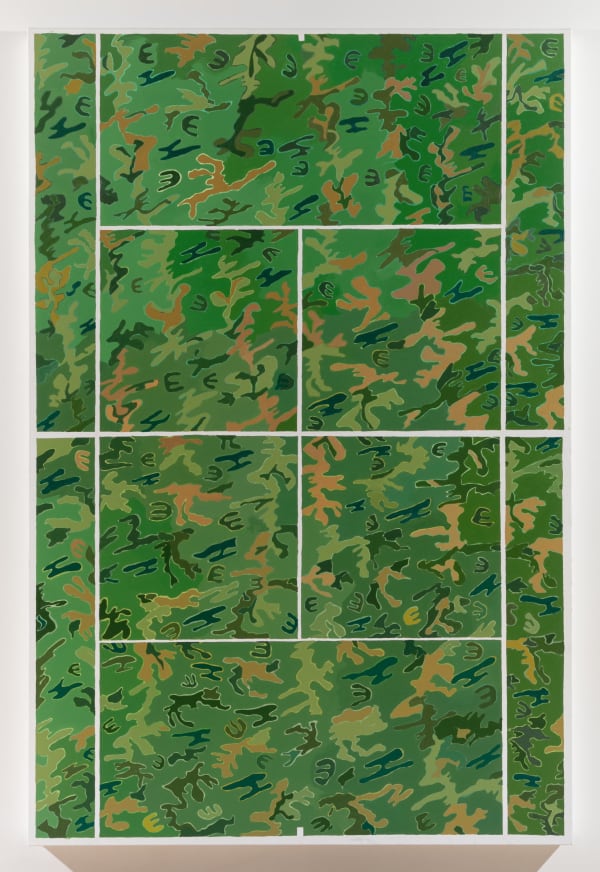Cygnus Loop: Bae Yoon Hwan, Rinus Van de Velde, Yuichi Hirako, Alex Chaves, Misaki Kawai
Gallery Baton is pleased to present Cygnus Loop, an exhibition of works by selected emerging artists: Bae Yoon Hwan, Alex Chaves, Yuichi Hirako, Misaki Kawai, Rinus Van de Velde. This exhibition will feature five artists who mainly focus on paintings and are actively pioneering their territory in there own regions such as Korea, Japan, USA and Europe. Through the recent major works we will explore their creative minds and at the same time search for a common objective for other modern painters in this age of multi layered divisions.
For an artist, ‘Creative Intention’ is the spark that makes the hands pick up a brush or work through clay and touch the materials to explore its properties. When an artist is suddenly overcome with this ‘creative intention’ it is the moment that ignites a desire to create, but at the same time a moment requiring constant editing of the rapidly changing original intention.
The volatility of the original ‘Creative Intention’ and its dissipation and transformation, can be effectively resisted and overcome by the artist through cultivating his or her own unique style. An artist’s style can be defined by images that appear frequently, preferred color palette and techniques, but it is also a coping mechanism to support the exterior of the object of creation and to hold on to the swiftly transforming story details and context and other additional elements. The creative periods accompanied by agony and trial and error, is a necessary process in cultivating one’s style, through this one can reach a point of adroitness in depiction and prodigious uniformity therefore making this an integral process for an artist.
The Belgian artist, Rinus Van de Velde (b. 1983), who’s works crosses various genres such as installation, video, and paintings will be showing recent works of his trademark large charcoal paintings. His rough brushstrokes accentuate chiaroscuro in the depiction of the artist himself or others in life-size on canvas, which combined with the unspecified text of ambiguous meaning that appears under the image reminds us of a movie scene with subtitles and immediately lead the observer to explore the correlation between the text and the image. These forms of narration and monologues heighten the undertone of Rinus’s work, and the scene and scenery where a mix of reality and virtual reality occupy a specific time and space, bring about many probabilities and multiply sense of reality.
Inspired by the artist herself and daily lifes, the memories, and personal experiences, the Japanese artist Misaki Kawai (b. 1978) is known for her use of the Heta-uma approach with various primary colors and bold touches depicting people, animals and objects similarly appearing together. For this exhibition, she brings colorful collage works using cut-out techniques. The paper and cloth pieces in primary colors stand in contrast with their background to explore their boundaries and create a separate form. The unconstrained drawing and color combinations on her works which letting their craftiness and techniques deliberately arouse bursting energy from the unexpected harmony of each primary colors and shapes.
Bae Yoon Hwan (b. 1983) addresses direct and indirect experiences, social issues, spooky stories, rumors, and political incidents in his own unique way. The numerous tangled images depicted with conté, oil pastel, and paint on a large canvas, create a complex and multi-layered narrative structure which represent a personal interpretation of the artist’s view of particular events and certain unacceptable social aspects. The overload and mutual disturbance of images and story, together with modern society’s addiction to non-linear and distorted information systems, appear in diverse forms to create a dynamic picture where beginning and end blend together like the Möbius strip.
Yuichi Hirako (b. 1982) has generally worked on creating hybrid shapes of human and trees. The forest, which is the heart of nature’s circulation system and provides creature comforts to animals and plants, is regarded as a kind of sacred place in Japan. The hybrid character resembling the human shape is portrayed as leisurely spending its days living a harmonious life with other living things in the forest. Yuichi’s work reflects his connection to the perspective of Deep ecology, which views all nature as one unified whole concept, and explores the prospect of artwork to go beyond displaying aesthetic value of the piece itself to become a medium for expressing an artist’s unique sentiments.
Alex Chaves (b. 1989) who lives and works in USA, has been well received for his series of creative reinterpretations of various artwork by historically famous artists. The Guernica (1937) is known as Picasso’s masterpiece that reflected political and social issues and Alex borrows the composition and forms of the original figures but adds impressive colors to the images and puts emphasis on adding analogue strokes contrary to the predominantly straight lines and geometric formation of the original work. This newly born Guernica (2018) highlights absurdity and chaos rather than the horrific aspects. Furthermore, the repeated use of red, blue, and yellow adds volume to the space and energizes the surroundings, and the selection of this color scheme place formality on its appearance which prevents from being seen as graffiti.
-
 Bae Yoon HwanAnimation 1, 2019
Bae Yoon HwanAnimation 1, 2019 -
 Bae Yoon HwanAnimation 2, 2019
Bae Yoon HwanAnimation 2, 2019 -
 Bae Yoon HwanAnimation 3, 2019
Bae Yoon HwanAnimation 3, 2019 -
 Rinus Van de VeldeDuring these daily strolls..., 2018
Rinus Van de VeldeDuring these daily strolls..., 2018 -
 Rinus Van de VeldeEverything is one ghetto…, 2018
Rinus Van de VeldeEverything is one ghetto…, 2018 -
 Rinus Van de VeldeIn the quiet hours before midnight..., 2018
Rinus Van de VeldeIn the quiet hours before midnight..., 2018 -
 Rinus Van de VeldePlease, come back next Wednesday, 2019
Rinus Van de VeldePlease, come back next Wednesday, 2019 -
 Yuichi HirakoGreen Master 42, 2016
Yuichi HirakoGreen Master 42, 2016 -
 Yuichi HirakoLost in Thought 43, 2019
Yuichi HirakoLost in Thought 43, 2019 -
 Yuichi HirakoCompost 35, 2019
Yuichi HirakoCompost 35, 2019 -
 Yuichi HirakoCompost 36, 2019
Yuichi HirakoCompost 36, 2019 -
 Yuichi HirakoCompost 37, 2019
Yuichi HirakoCompost 37, 2019 -
 yuichi hirakoCompost 38, 2019
yuichi hirakoCompost 38, 2019 -
 Yuichi HirakoCompost 39, 2019
Yuichi HirakoCompost 39, 2019 -
 Yuichi HirakoCompost 40, 2019
Yuichi HirakoCompost 40, 2019 -
 Yuichi HirakoGreen Master 55, 2019
Yuichi HirakoGreen Master 55, 2019 -
 Alex ChavesSmall Camo, 2016
Alex ChavesSmall Camo, 2016 -
 Alex ChavesCamo Court, 2017
Alex ChavesCamo Court, 2017 -
 Alex ChavesGuernica, 2018
Alex ChavesGuernica, 2018 -
 Misaki KawaiUntitled, 2007
Misaki KawaiUntitled, 2007 -
 Misaki KawaiWonder Puppy, 2010
Misaki KawaiWonder Puppy, 2010





